A long thin hollow metallic cylinder of radius 'R' has a current i ampere. The magnetic induction 'B' -away from the axis at a distance r from the axis varies as shown in
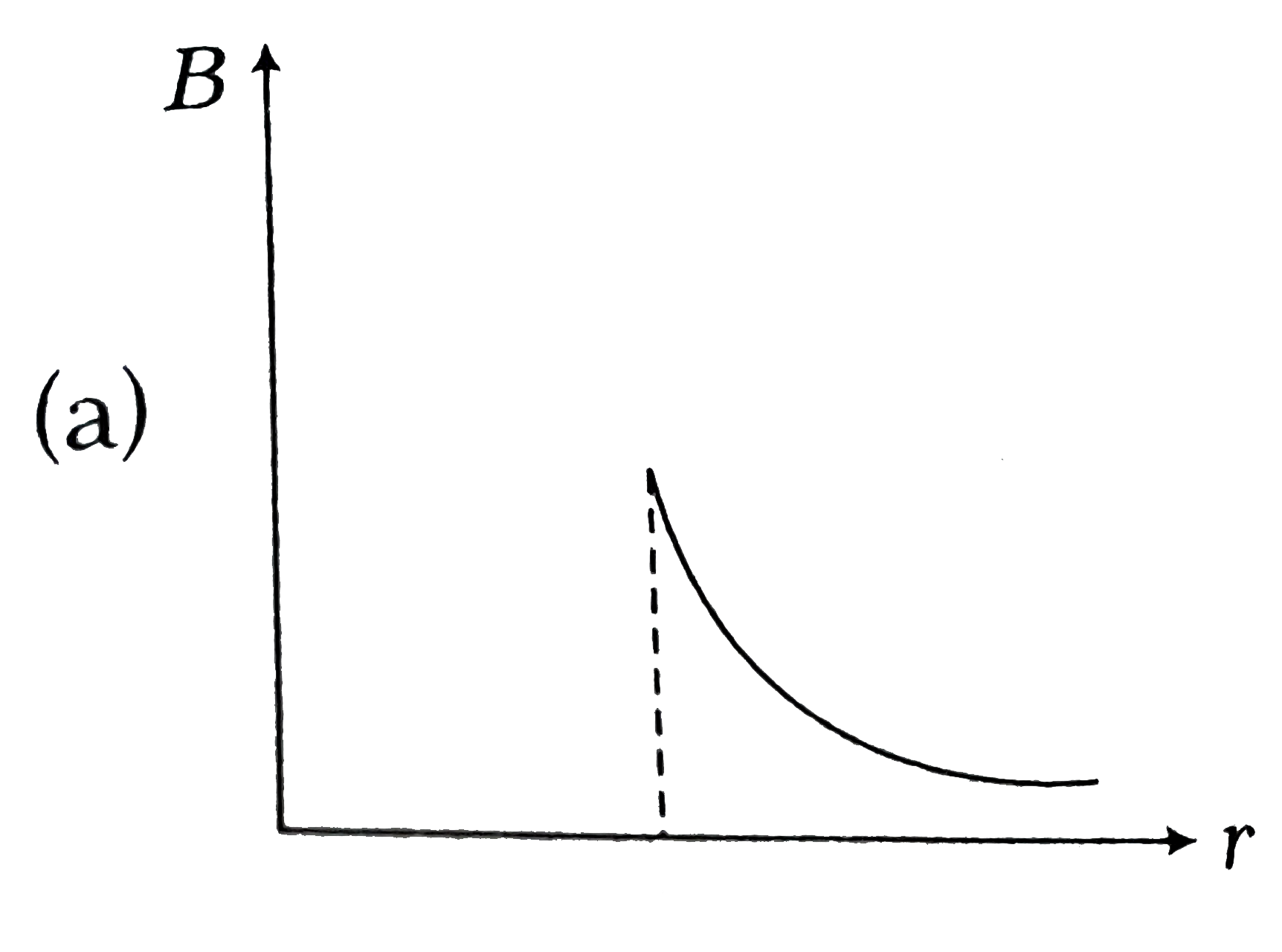
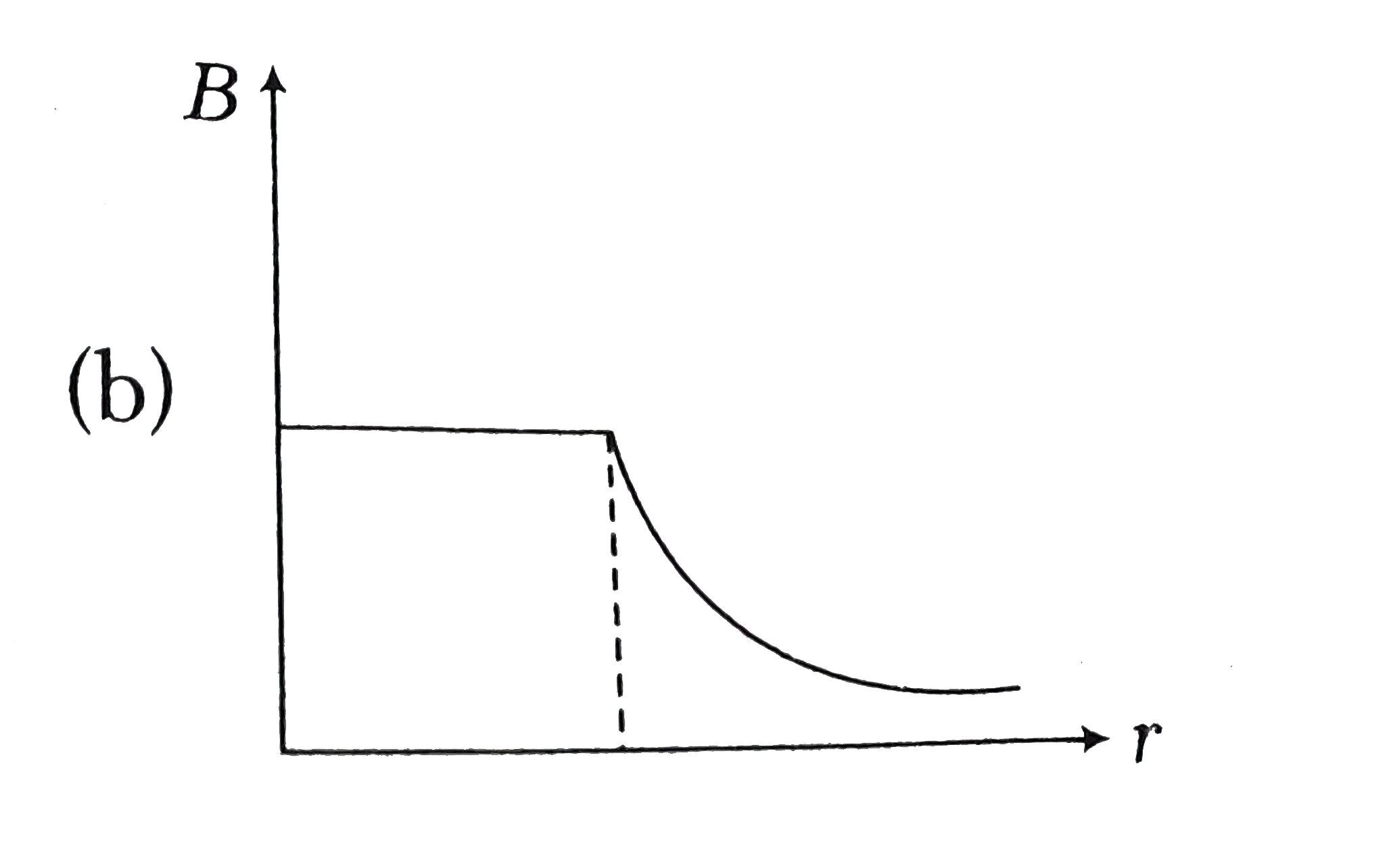
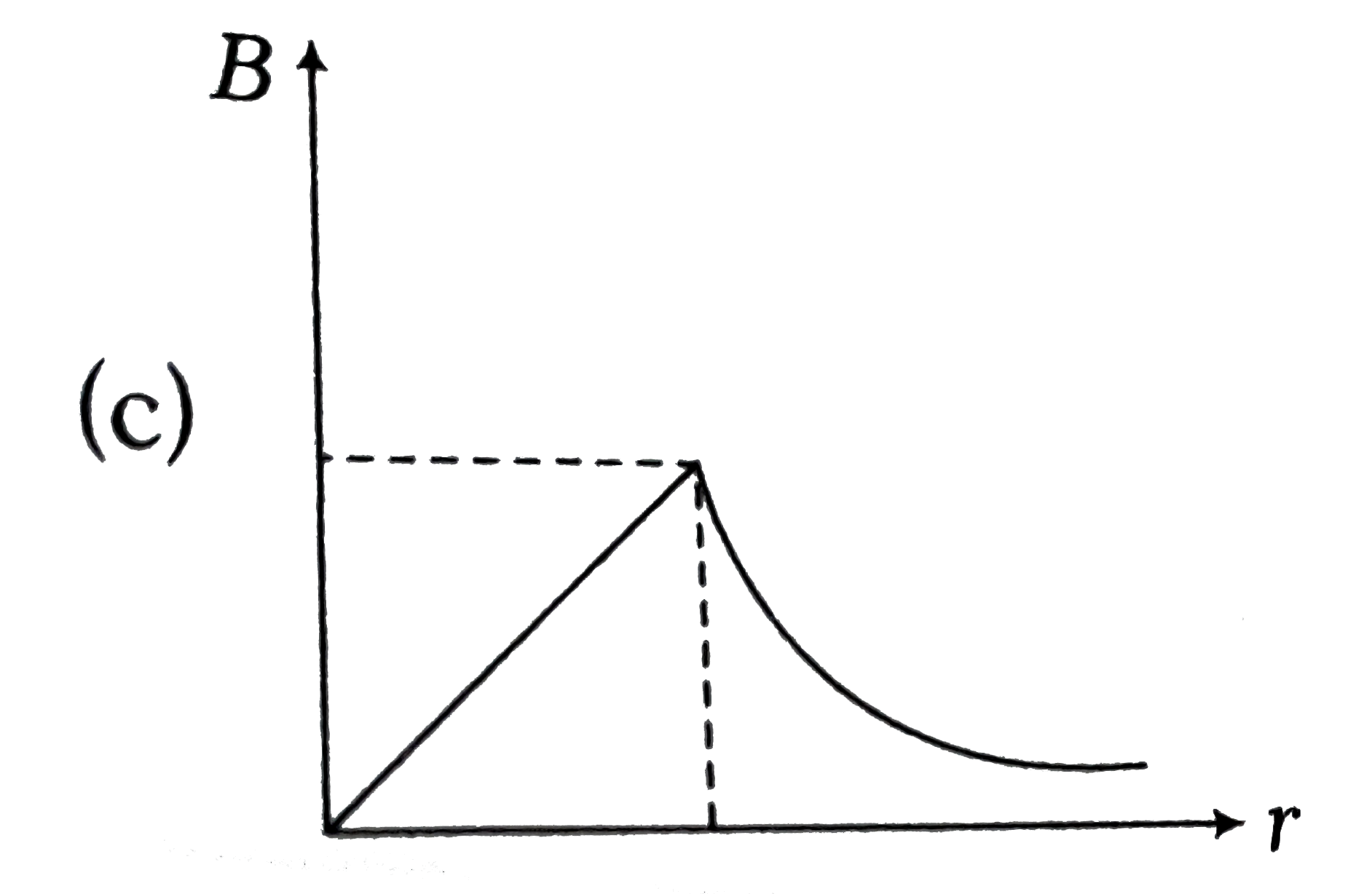
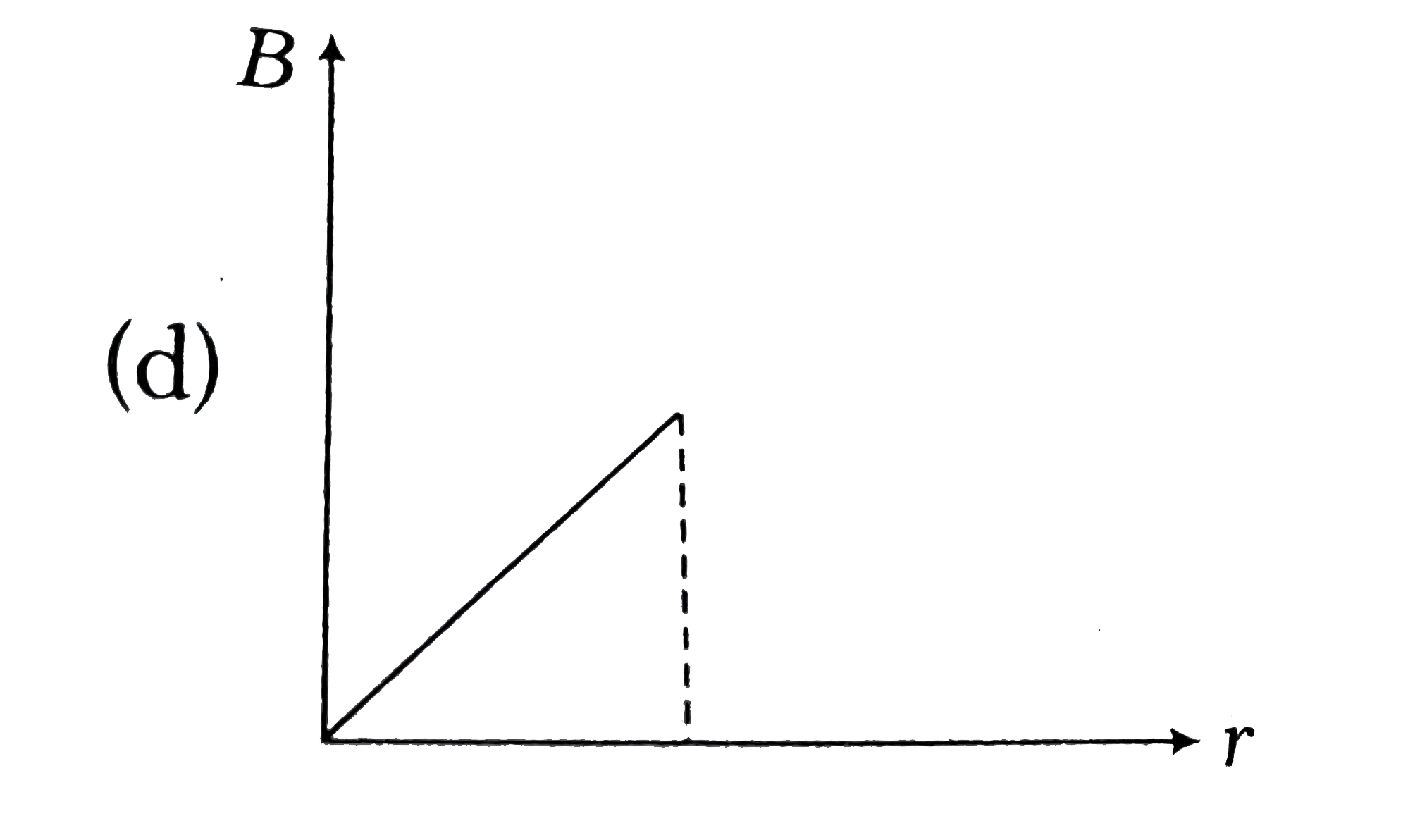
The correct Answer is:A
Step by step video, text & image solution for A long thin hollow metallic cylinder of radius 'R' has a current i ampere. The magnetic induction 'B' -away from the axis at a distance r from the axis varies as shown in by Physics experts to help you in doubts & scoring excellent marks in Class 12 exams.
Topper's Solved these Questions
- BOOK - DC PANDEYCHAPTER - MAGNETIC FIELD AND FORCESEXERCISE - Assertion and reason20videos
MAGNETIC FIELD AND FORCES
- BOOK - DC PANDEYCHAPTER - MAGNETIC FIELD AND FORCESEXERCISE - Match the following4videos
MAGNETIC FIELD AND FORCES
- BOOK - DC PANDEYCHAPTER - MAGNETIC FIELD AND FORCESEXERCISE - Check point54videos
MAGNETIC FIELD AND FORCES
- BOOK - DC PANDEYCHAPTER - INTERFERENCE AND DIFFRACTION OF LIGHTEXERCISE - Level 2 Subjective5videos
INTERFERENCE AND DIFFRACTION OF LIGHT
- BOOK - DC PANDEYCHAPTER - MAGNETICSEXERCISE - MCQ_TYPE1videos
MAGNETICS
Similar Questions
A circular loop of radius R carries a current I. Obtain an expression for the magnetic field at a point on its axis at a distance x from its centre.
View SolutionA coaxial cable carries the a current i in the inside conductor of radius a as shown in figure-4.80 and the outer conductor of inner radius b and outer radius c carries a current i' in opposite direction. Find the magnetic induction due to the coaxial cable at distance r from the central axis of the cable for (a) r>a, (b) a<r<b and (c) b>r>c
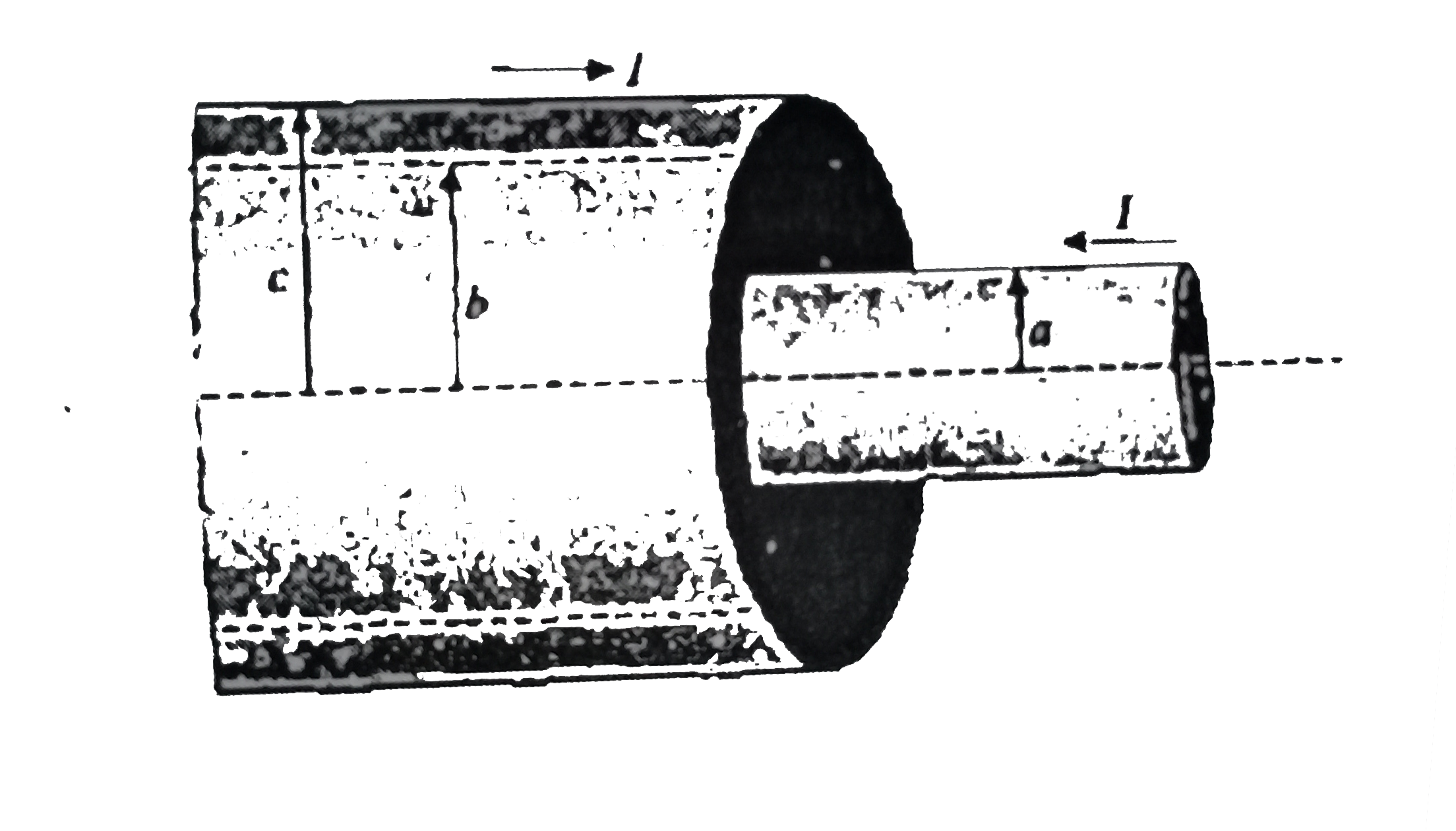 View Solution
View Solution
Knowledge Check
- Question 1 - Select One
A current of I ampere flows along an infinitely long straight thin walled hollow metallic cylinder of radius r. The magnetic field at any point inside the cylinder at a distance x from the axis of the cylinder is
A∞Bμ0I2πrCμ0I2πxDzero - Question 2 - Select One
A thin, straight conductor lies along the axis of a hollow conductor of radius R. The two carry equal currents in the same direction. The magnetic field B is plotted against the distance r from the axis. Which of the following best represents the resulting curve?
A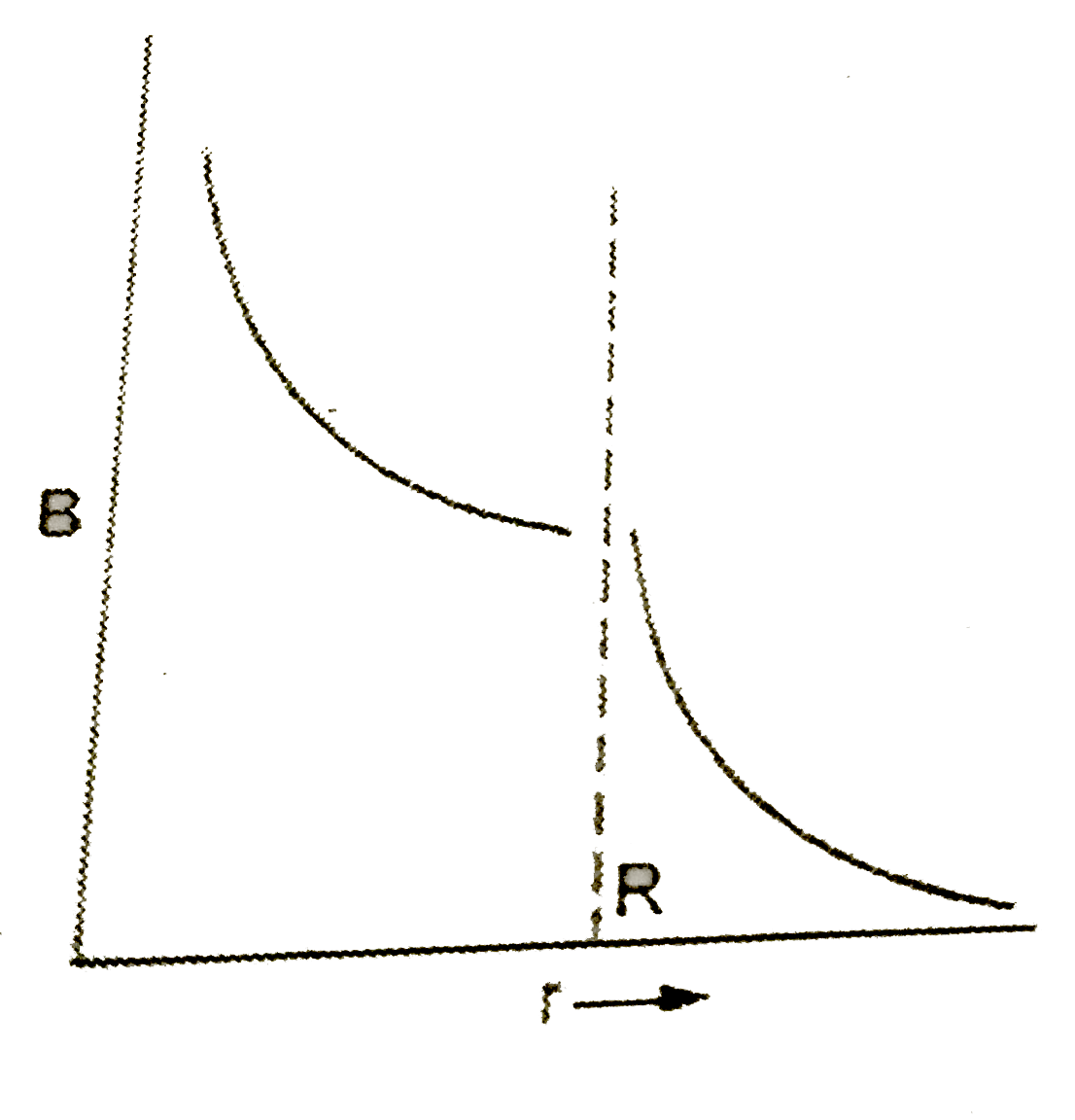 B
B C
C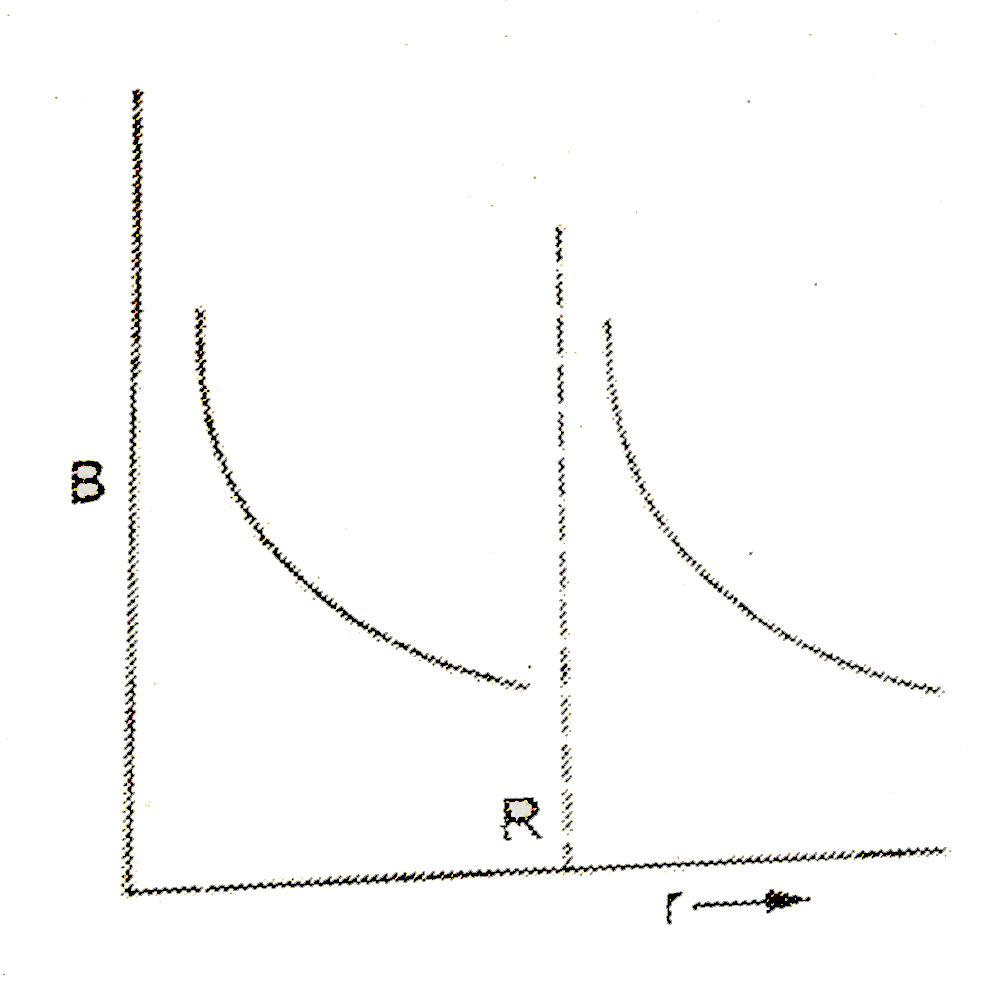 D
D
- Question 3 - Select One
A cylinder of length L has a charge of magnitude q. The electric intensity at a point at a distance r from the axis of the cylinder is
AE=14π∈0K⋅qr2BE=12π∈0k⋅qrLCE=σ/∈0kDnone of these
A current I flows along a thin-walled, long, half-cylinder of radius R(figure) Find the magnetic induction at a point on the axis of the cylinder
View SolutionA thin but long, hollow, cylindrical tube of radius r carries a current i along its length. Find the magnitude of the magnetic field at a distance r/2 from the surface (a) inside the tube (b) outside the tube.
View SolutionA current l is flowing through a long straight solid conductor of radius R = 4 cm. Magnetic field at a distance 2 cm from the axis of conductor is B0 The distance from the axis, where magnetic field is 1.5 B0 is (current density is uniform)
View SolutionA uniform current is flowing along the length of an infinite, straight, thin, hollow cylinder of radius 'R'. The magnetic field 'B' produced at a perpendicular distance 'd' from the axis of the cylinder is plotted in a graph. Which of the following figure looks like the plot?
View SolutionElectric current is passing uniformly through a solid cylindrical wire of radius R. The current I passing through circular cross-section of radius r measured from the axis of the cylinder (r<R) varies as shown in
View Solution

